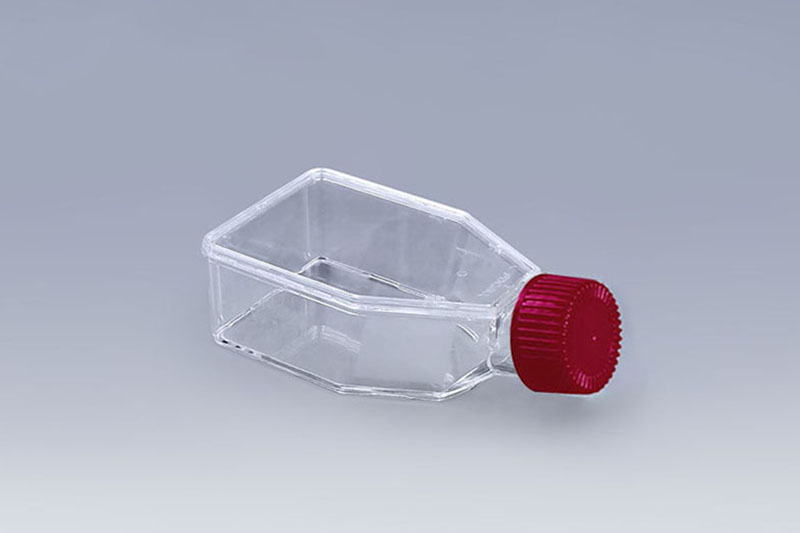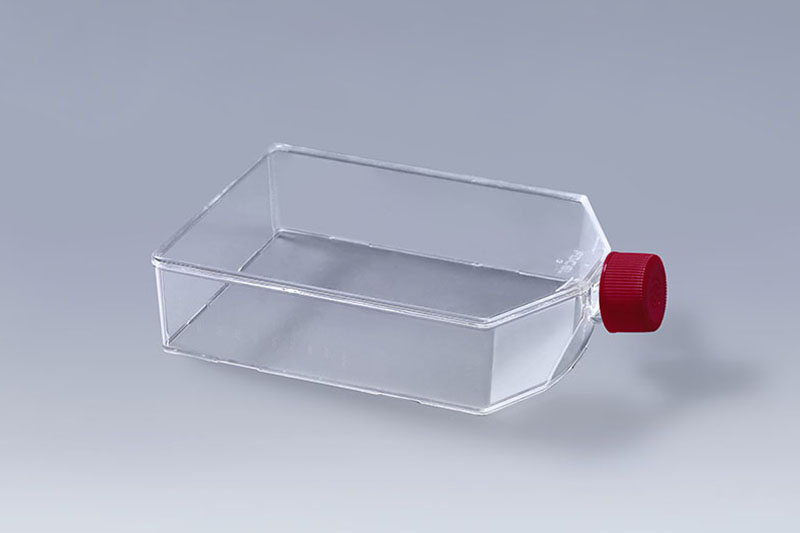How to Observe Cells in Cell Culture Flasks
As a convenient cell culture container, cell culture flasks appear frequently in laboratories and are mainly used to cultivate adherent cells. When culturing cells, we need to observe the state of the cells and judge their growth. So, how should we observe?
First of all, the state of the cells can be observed through eyes or a microscope. When we take out the cell culture flasks from the incubator, we can judge the growth of the cells by the color, concentration, and cell state of the medium.
1. Look at the color of the medium. There are acid-base indicators in most media, which are yellow when acidic and purple when alkaline. If the pH value of the medium changes greatly, consider whether the medium is contaminated, or the cells grow too densely, or the cells die too much, or there is a problem with the adjustment of the CO2 concentration in the incubator.
2. Look at the concentration of the medium. When the medium becomes turbid, the medium is contaminated or the cells are growing too densely.
3. Look at the cell status. Cells in a good growth state can be seen under a common microscope. The cells are transparent and have unclear outlines. Only by observing with a phase-contrast microscope can the fine structure of the cells be seen clearly. Few particles in the cells, no vacuoles, clear cell membrane, clear and transparent culture supernatant, no suspended cells and debris; when the cells are in poor function, the contours are enhanced, and vacuoles, lipid droplets and other granular substances often appear in the cytoplasm , the gap between the cells increases, the cell shape can become irregular, and even lose its original characteristics.
To sum up, we can judge the growth state of cells by observing the color, concentration, and cell state of the medium in the cell culture flasks. The culture conditions of each experiment are different, and only by keeping abreast of these conditions can timely adjustments be made for follow-up experiments.
 T25 Flask
T25 Flask T225 Flask
T225 Flask
评论
发表评论